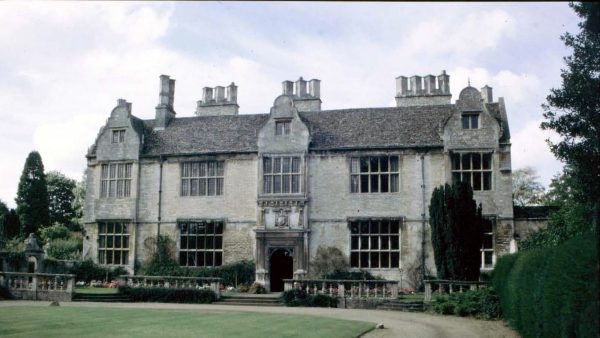Measures to Combat the Plague
During outbreaks of plague, the monarch issued orders to help prevent the disease spreading. Town or city governments often published their own rules too. These orders were often based on those that had been issued in the past and contained no new measures. During the Civil Wars, Charles I issued An Order for the Observance and Execution of the Statue made for the Relief and Ordering of Persons Infected with the Plague when the disease broke out in his military headquarters in Oxford in 1644. This was based on orders that had been issued by his father, James I, when plague broke out around the country in 1603. Charles I’s orders were also similar to those issued by his son, Charles II, for the Great Plague of 1665.

Many royalist soldiers from Oxford were treated for the plague and other infectious diseases during the Civil Wars at Yarnton Manor. The village of Yarnton was chosen because it was outside the city of Oxford, which would help stop the diseases spreading. (Photo copyright Eric Gruber von Arni).
Rules Issued to Stop the Spread of the Plague in 1665
- People were ordered to clear the area outside their home and collect rubbish in a heap, which was then removed by ‘rakers’.
- Livestock were not allowed to be kept in the streets and stray animals were killed.
- People known as ‘Searchers’, ‘Watchmen’, ‘Examiners’ or ‘Keepers’ were appointed to identify who was infected with the plague.
- Houses where anyone had the plague were ‘shut up’ for forty days. The door was bolted and locked, and a red cross and the words ‘Lord have mercy on us’ were painted on it.
- The ‘Searchers’, ‘Watchmen’, ‘Examiners’ or ‘Keepers’ had the power to ensure that inhabitants of houses which were shut up remained indoors. They also bought food for those who were shut up using money raised by taxes and charitable collections.
- ‘Pesthouses’ were set up on the outside of towns and cities, where people who were infected with the plague could be treated at a safe distance from the rest of the population.
- Those who died from the plague had to be be buried at night and no mourners were allowed to attend the burial. The large numbers of dead meant that churchyards quickly filled up and so plague victims were often buried in large pits.
- Governments collected information on the causes of deaths in London. This information became known as the ‘Bills of Mortality’ and was published so that people knew how fast the plague was spreading.
Creative Writing Activity:
Lady Ann Fanshawe lived in Oxford during the Civil Wars. She wrote a memoir in which she recorded her experiences when plague broke out in that city ‘by reason of so many people being packed together’. Another inhabitant of Oxford, John Taylor, described how he was ordered to help clean the city to prevent the spread of disease:
I was commanded with the water baylie
To see the river cleansed, both night and daily.
Dead hogs, dogs, cats and well flayed carrion horses,
Their noisome corpses soiled the water courses;
Both swine’s and stable dung, beast’s guts and garbage,
Street dirt, with gardeners’ weeds and rotten herbage.
And from these waters’ filthy putrefaction,
Our meat and drink were made, which bred infection.
Imagine that you are living in Oxford in 1644 when the plague broke out. Someone in your household has caught the plague and the house has been shut up. Pretend that you have been keeping a diary and write an entry for this day. Describe how the searchers found out that there was plague in your house and how they shut it up. How do you feel? How are you spending the time? Do you think that you will be allowed out again and if so, how? How do your experiences make you feel about the Civil Wars?
